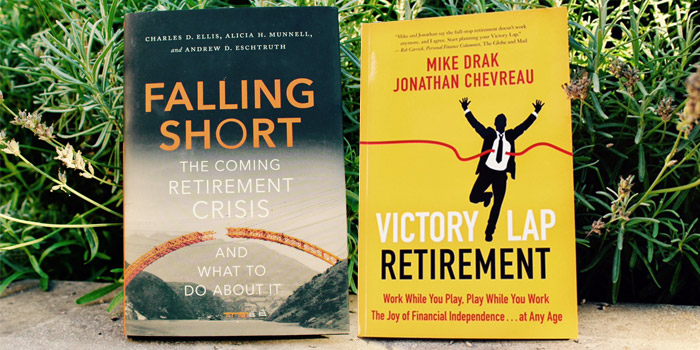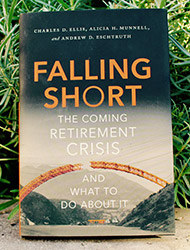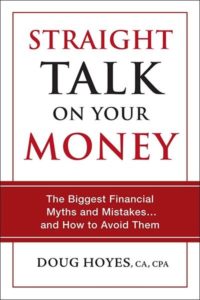 Stock market investors face a difficult challenge. While long-term stock market returns are quite attractive, in the short-term returns can be quite volatile.
Stock market investors face a difficult challenge. While long-term stock market returns are quite attractive, in the short-term returns can be quite volatile.
This volatility can be difficult to stomach at times, especially when accompanied by worrying news flow.
Adding to the angst for Canadian investors can be the volatility of the Canadian dollar, yet it makes sense for Canadians to diversify globally. It is important from time to time to review the historical evidence to help us manage our behaviour and stick with our investment plans. Let’s review some of the long-term evidence:
Evidence*
“Long-term stock markets returns are quite attractive”
- The average annual return of the S&P/TSX Composite index of Canadian stocks over the 60 years between 1957 and 2016 is 9.1%
- The average annual return of the S&P500 index of large cap US stocks over the 91 years between 1926 and 2016 is 10%
- The average annual return of the MSCI EAFE index of developed market stocks outside North America over the 47 years between 1970 and 2016 is 9.1%
- Exposure to small-company stocks and low-valuation stocks has led to higher performance levels than that of market capitalization weighted indices over long periods of time
“In the short-term returns can be quite volatile”









